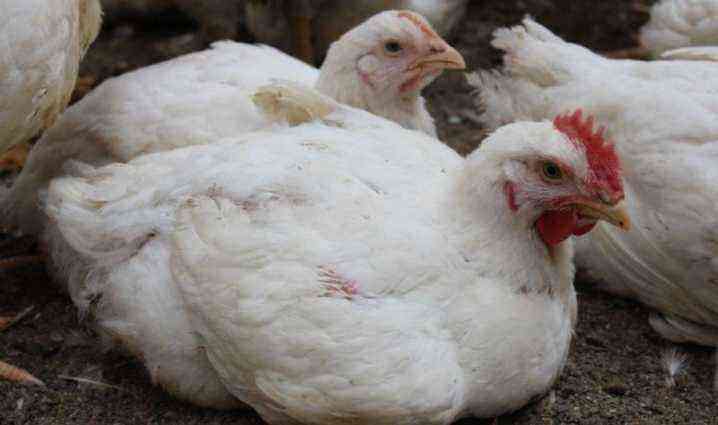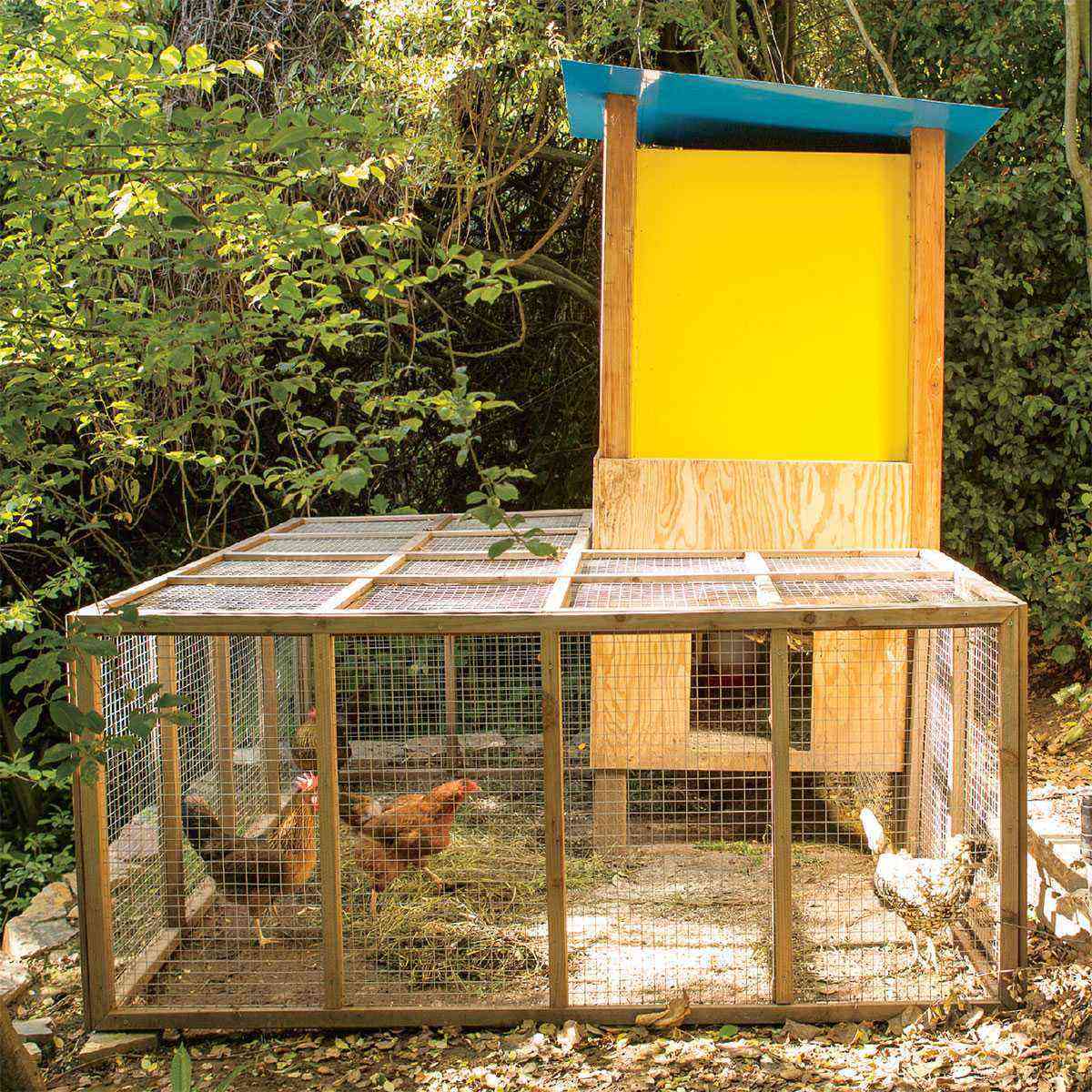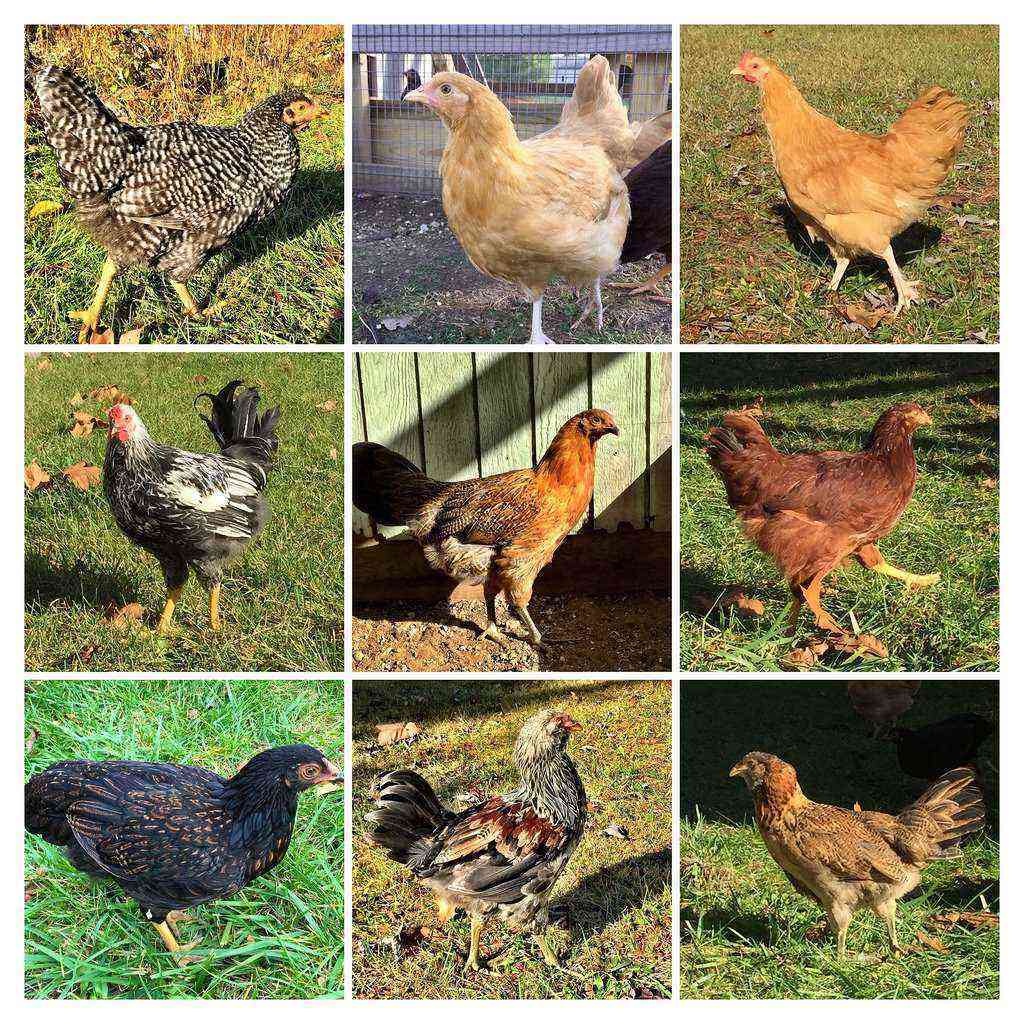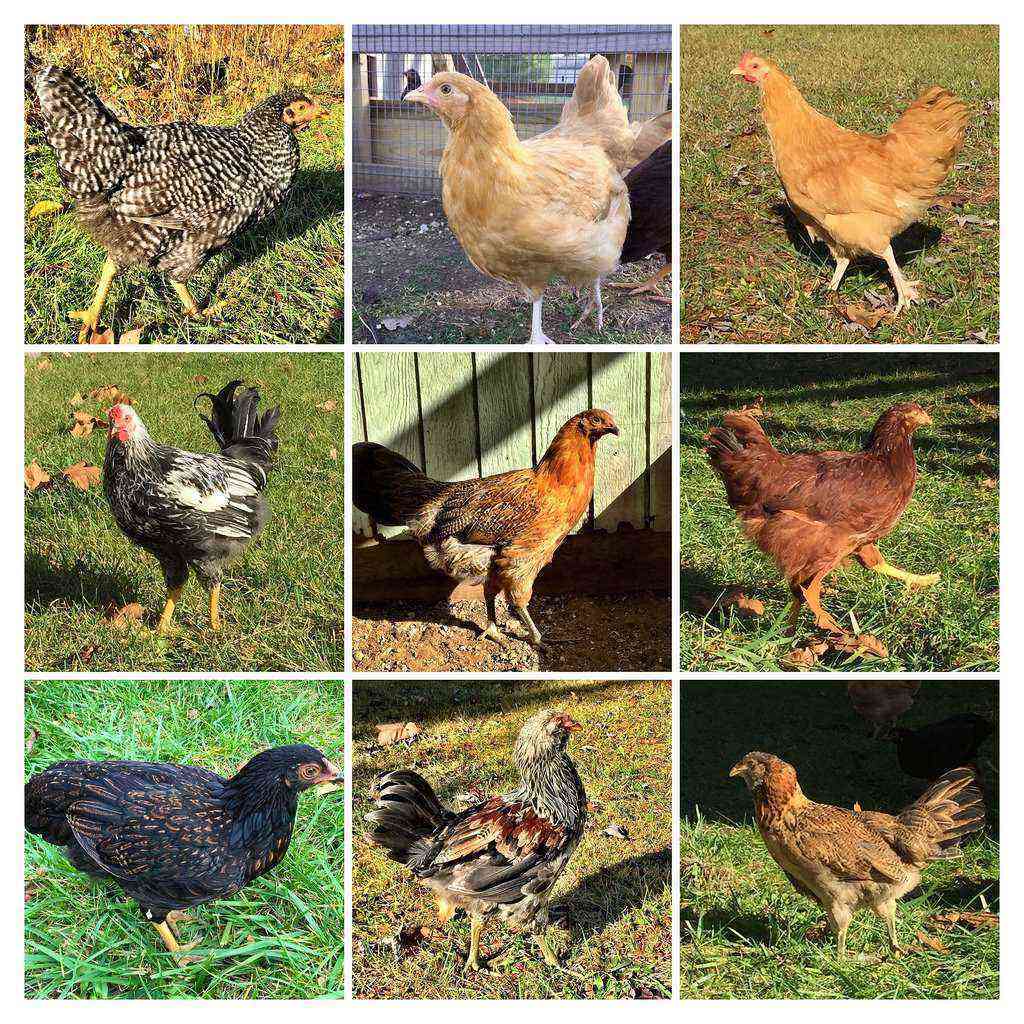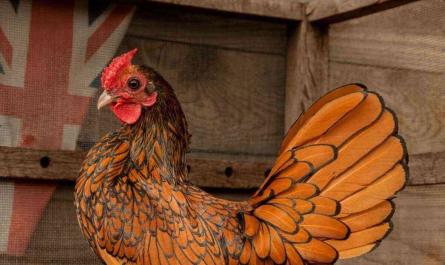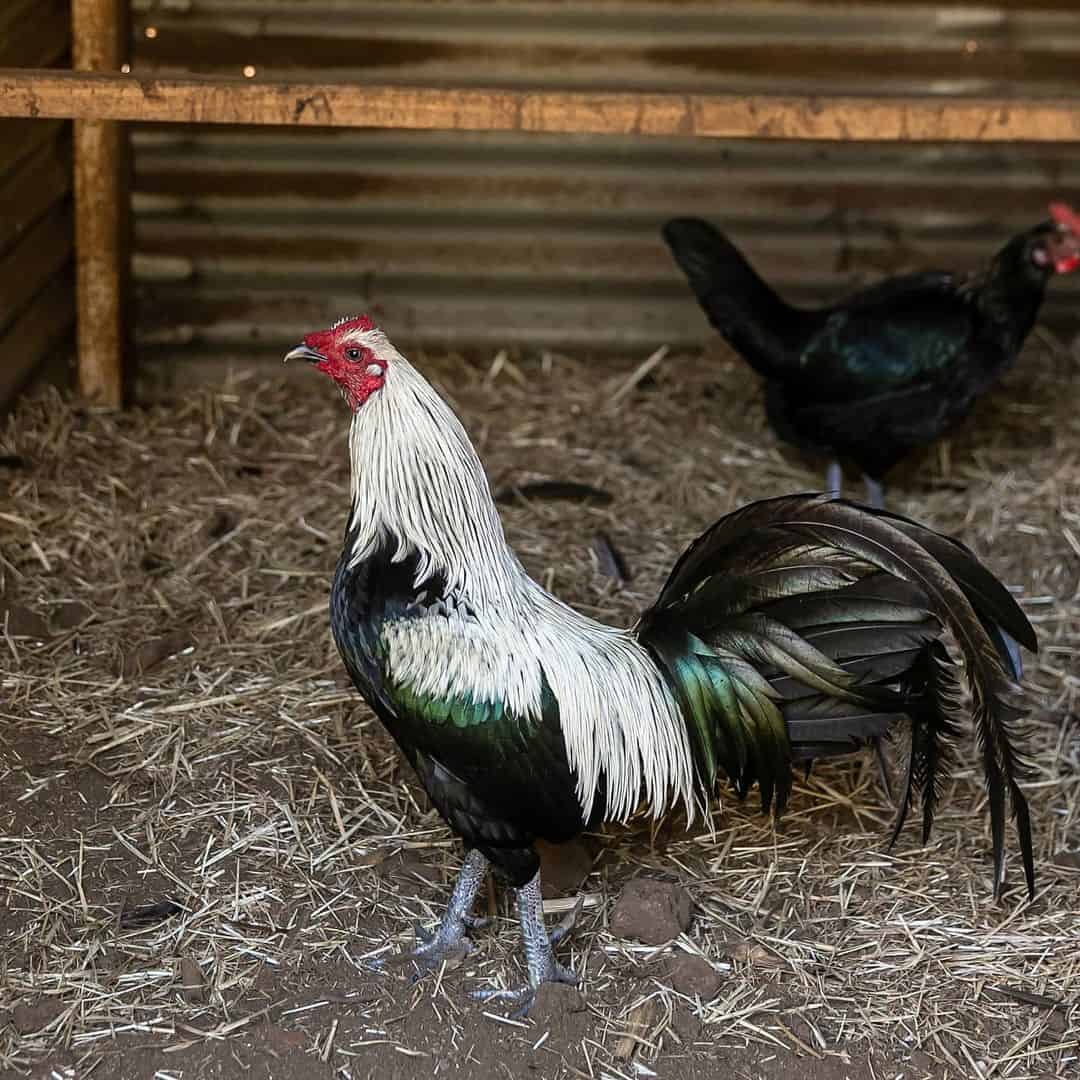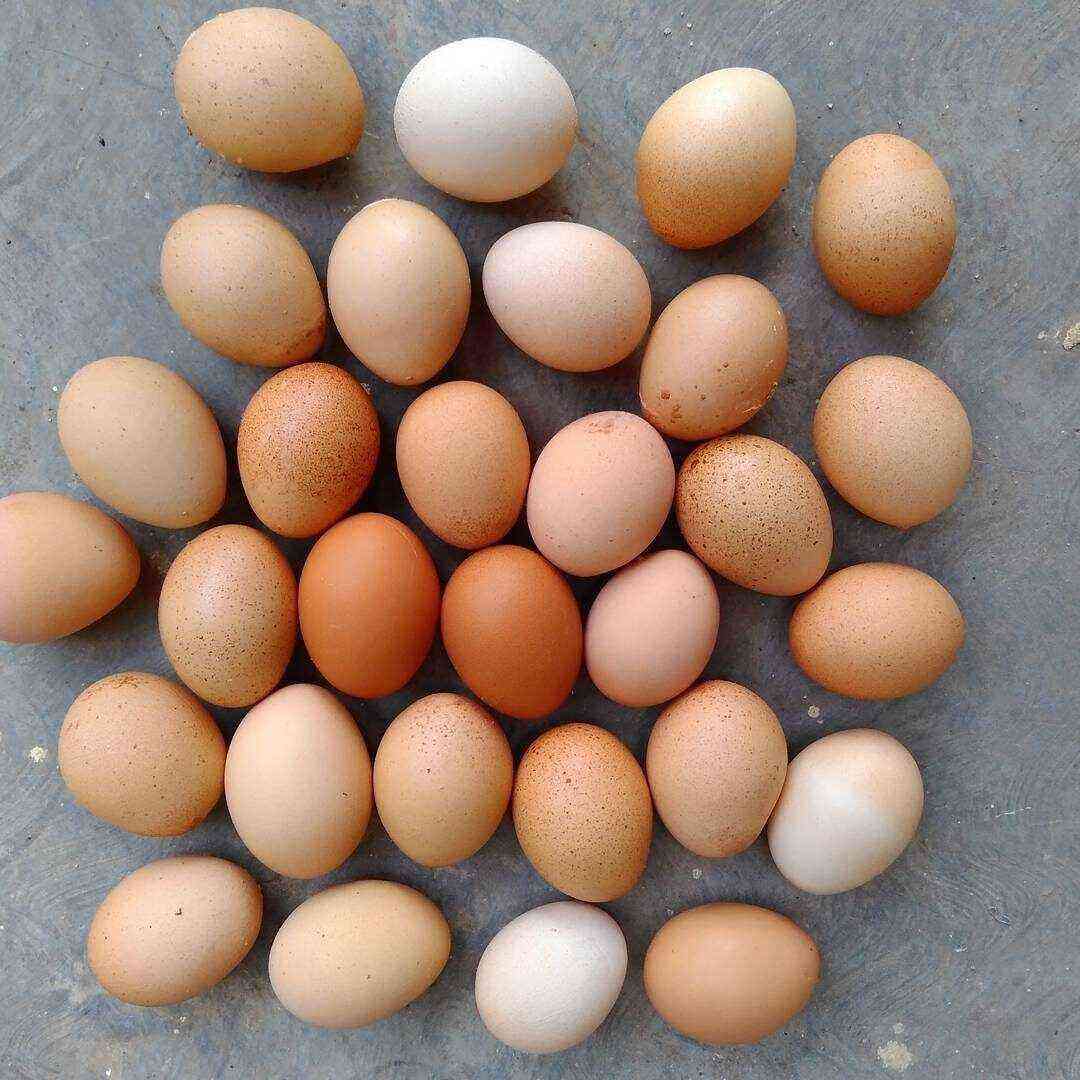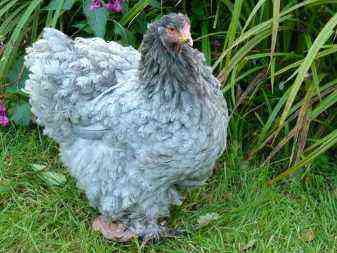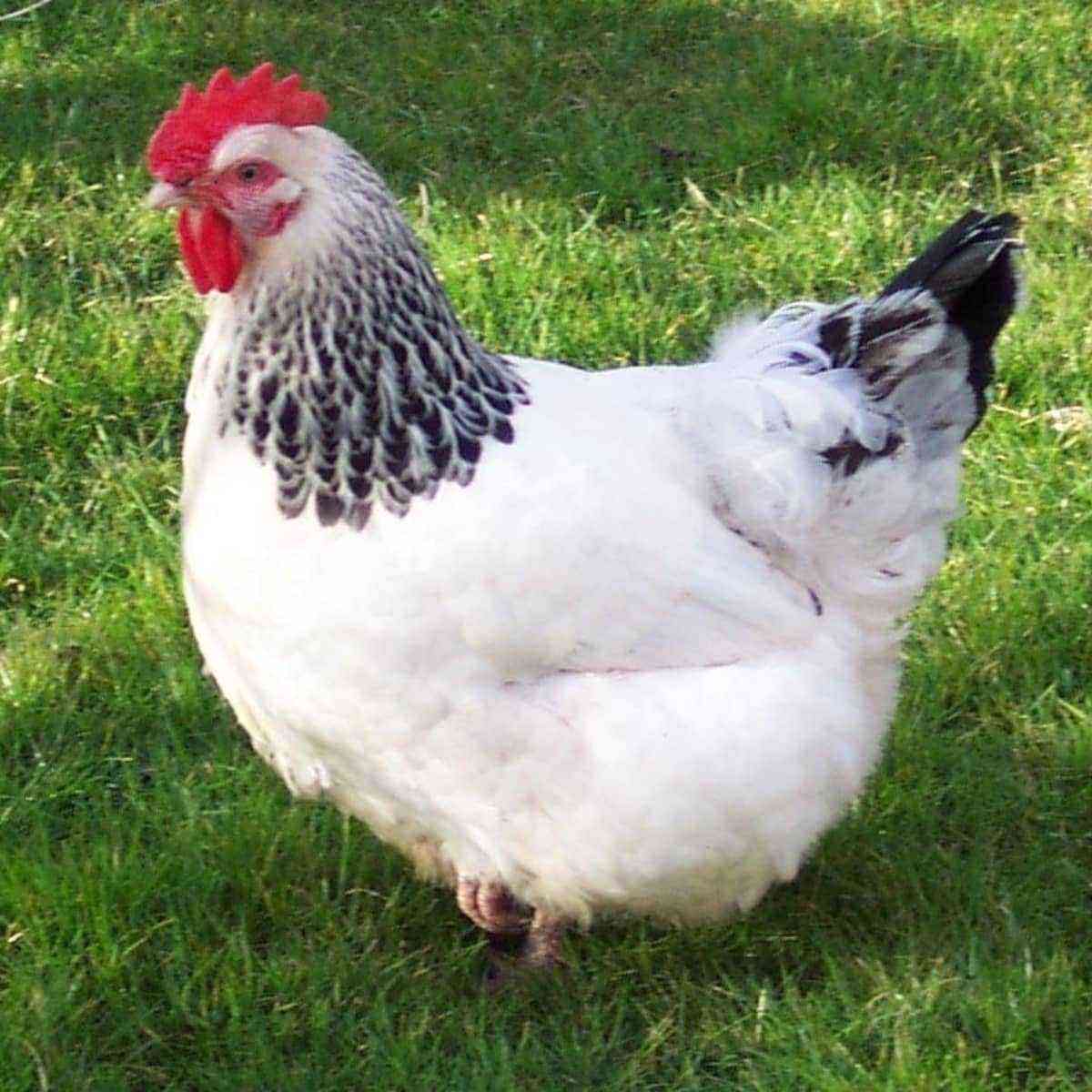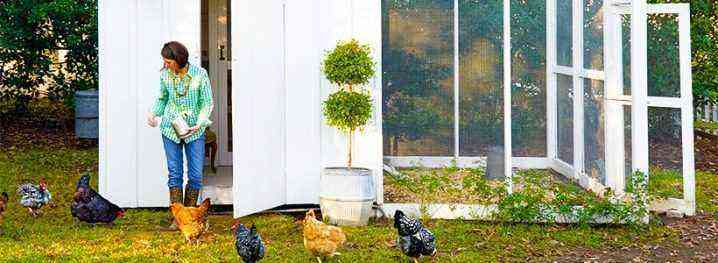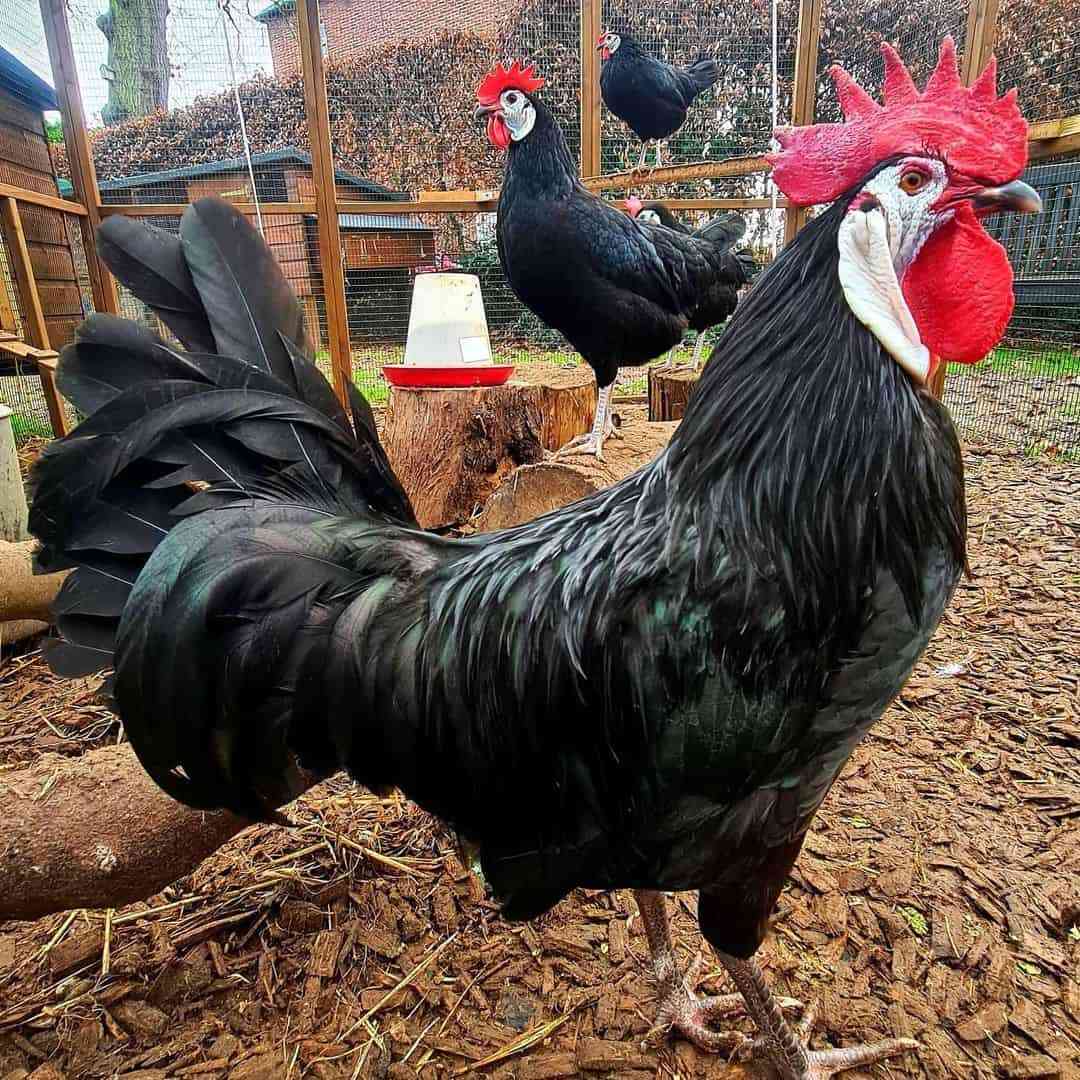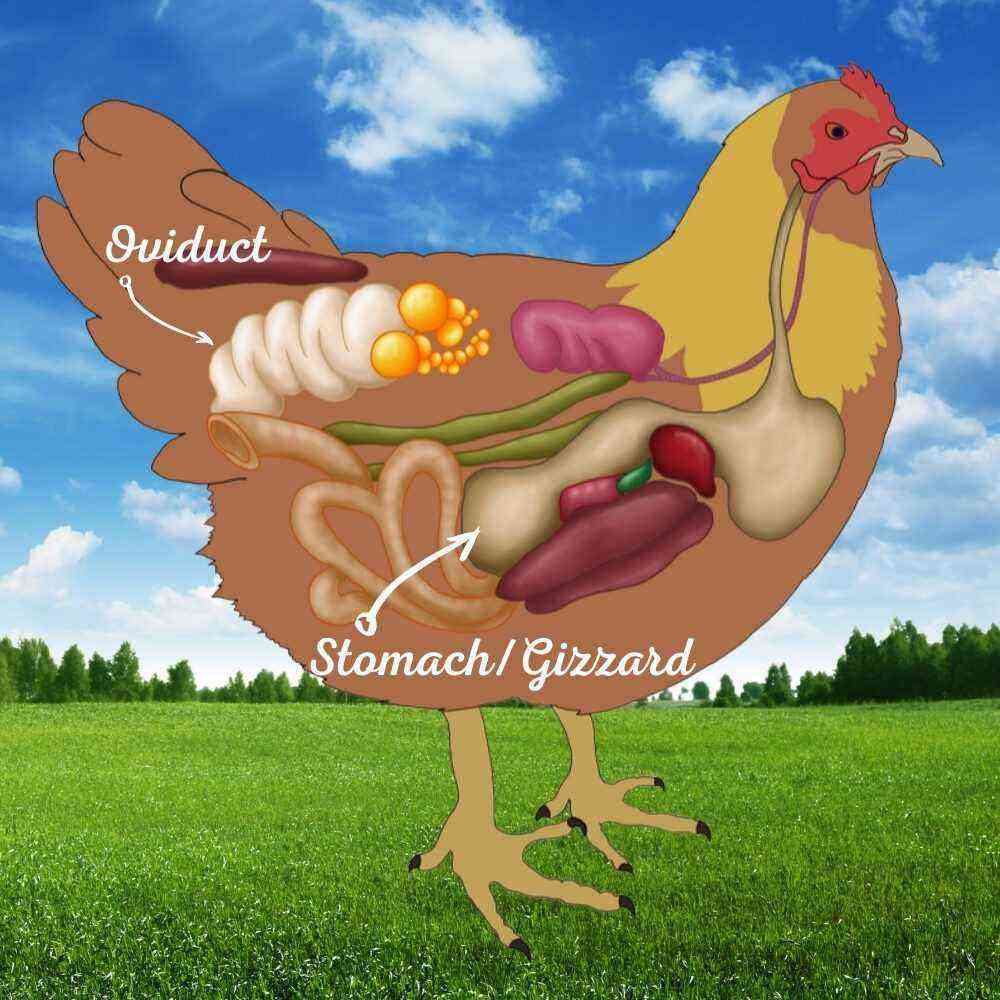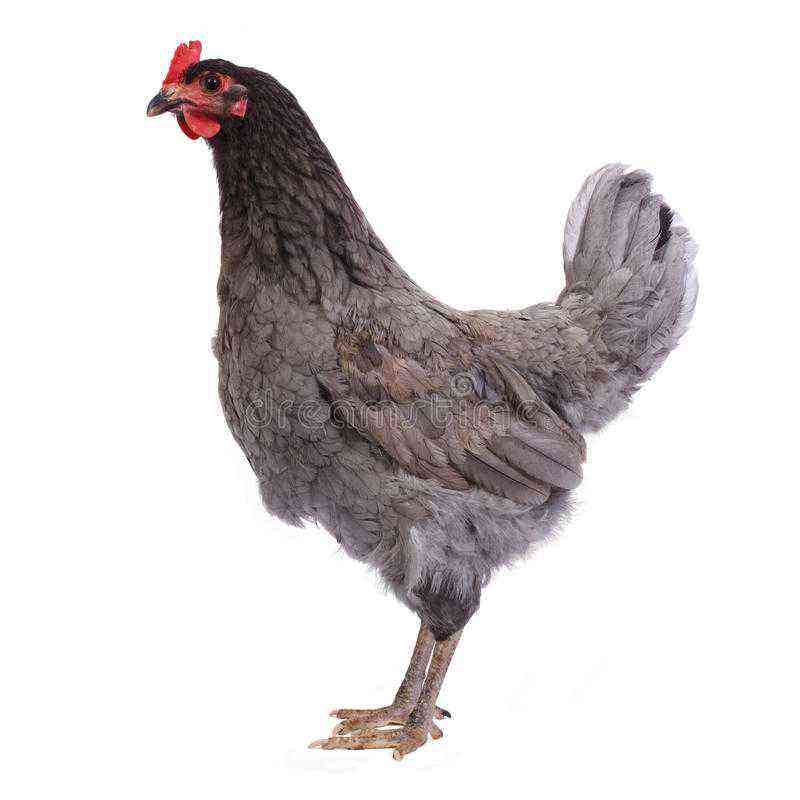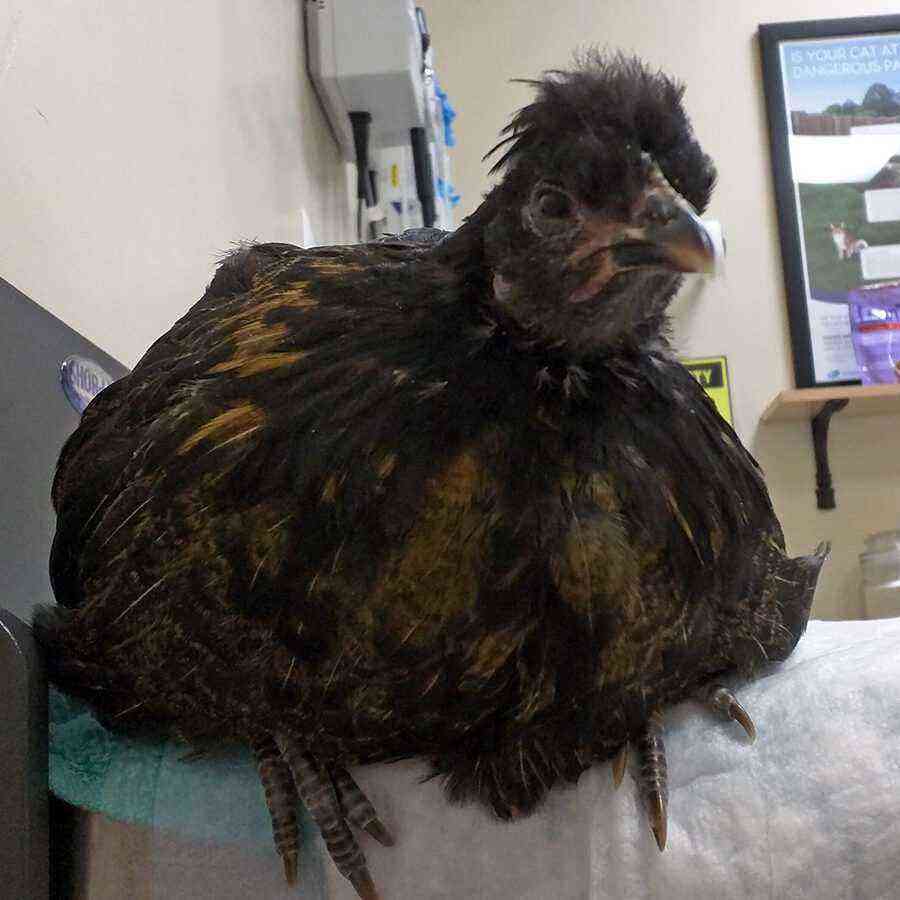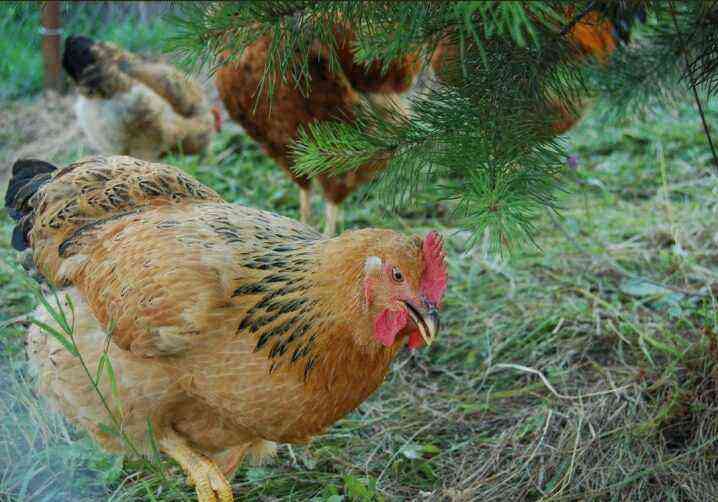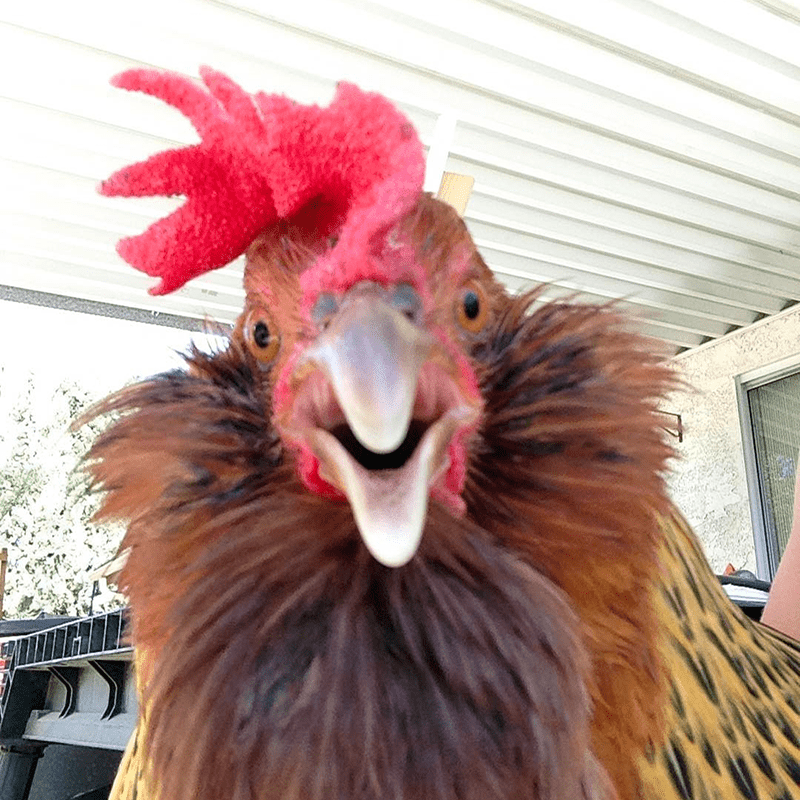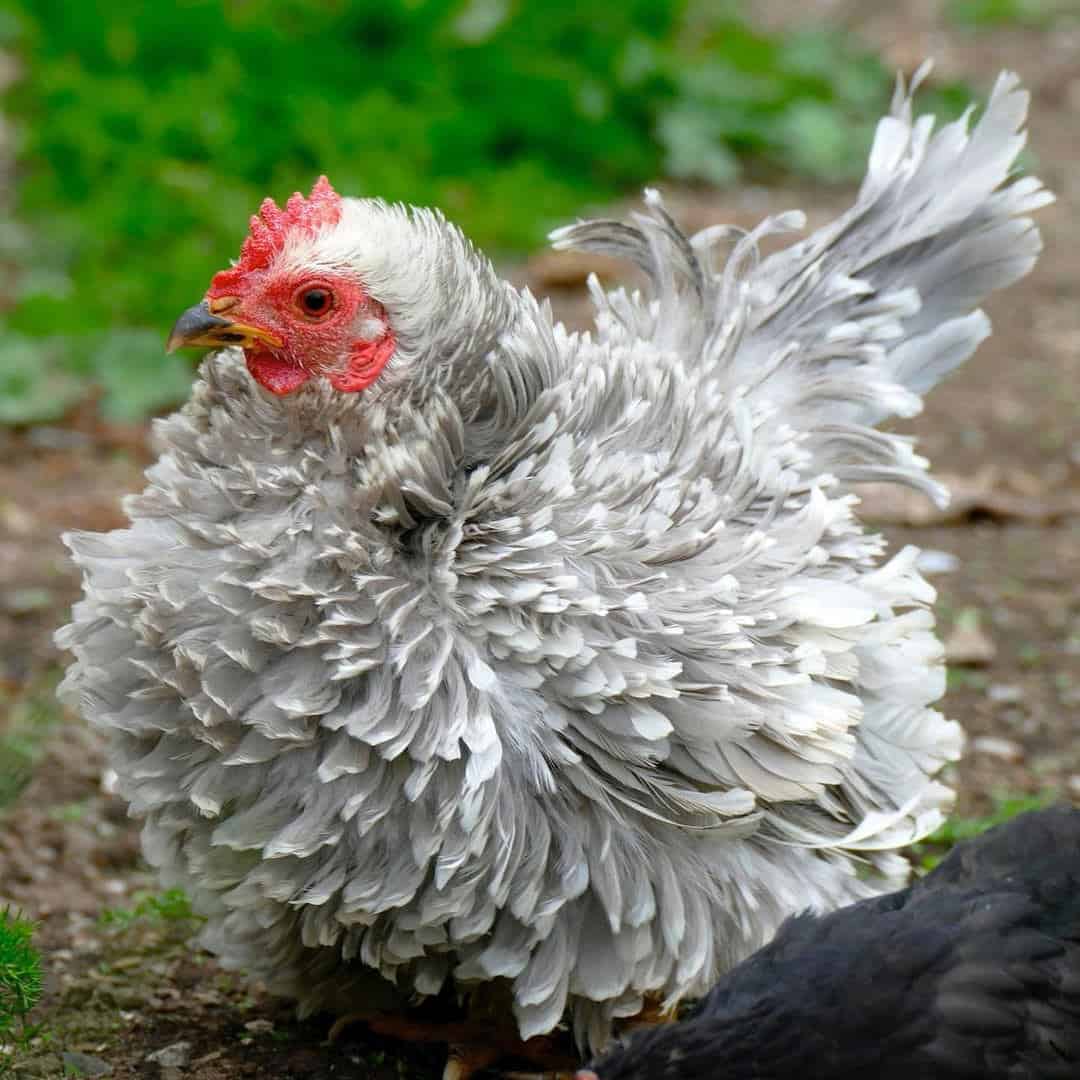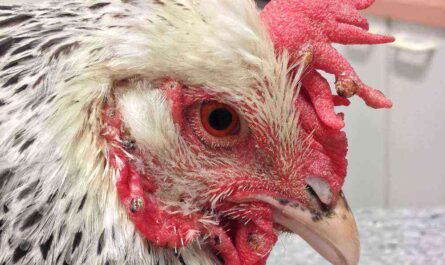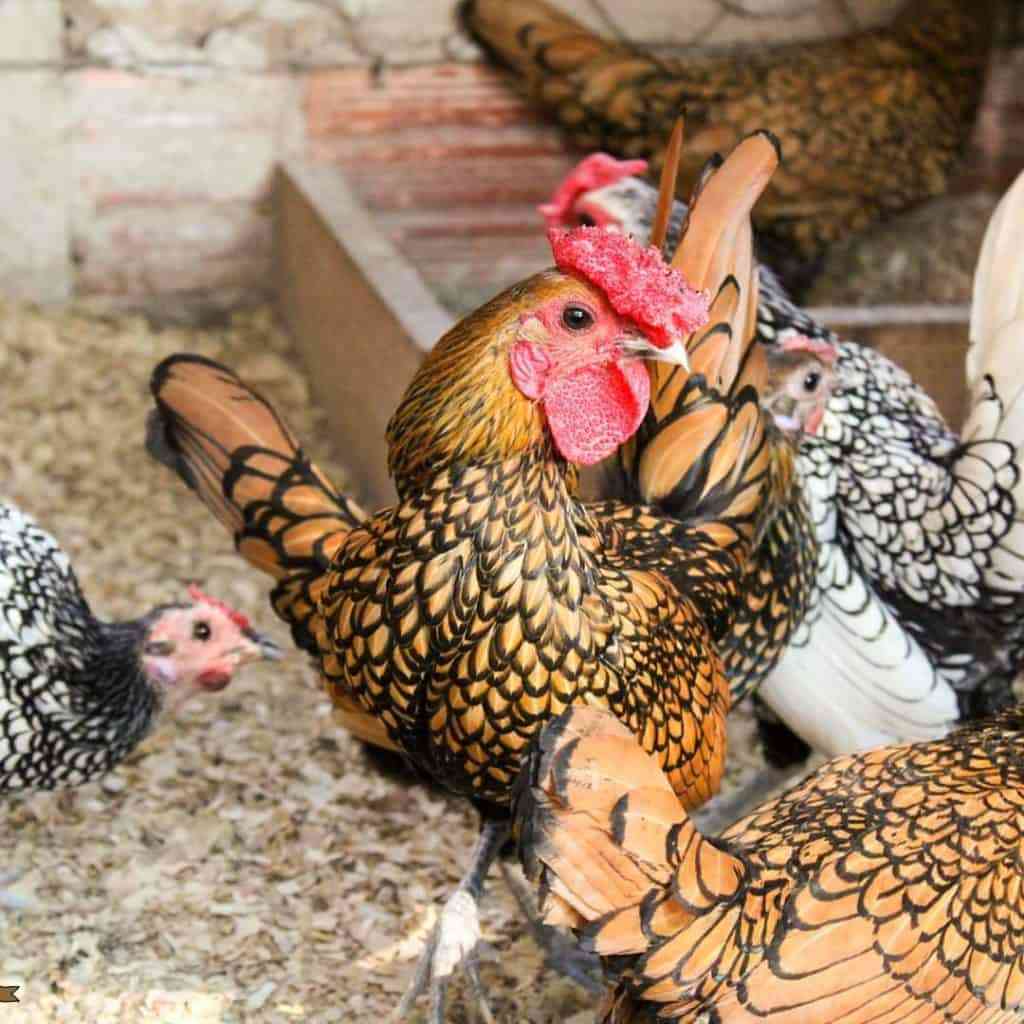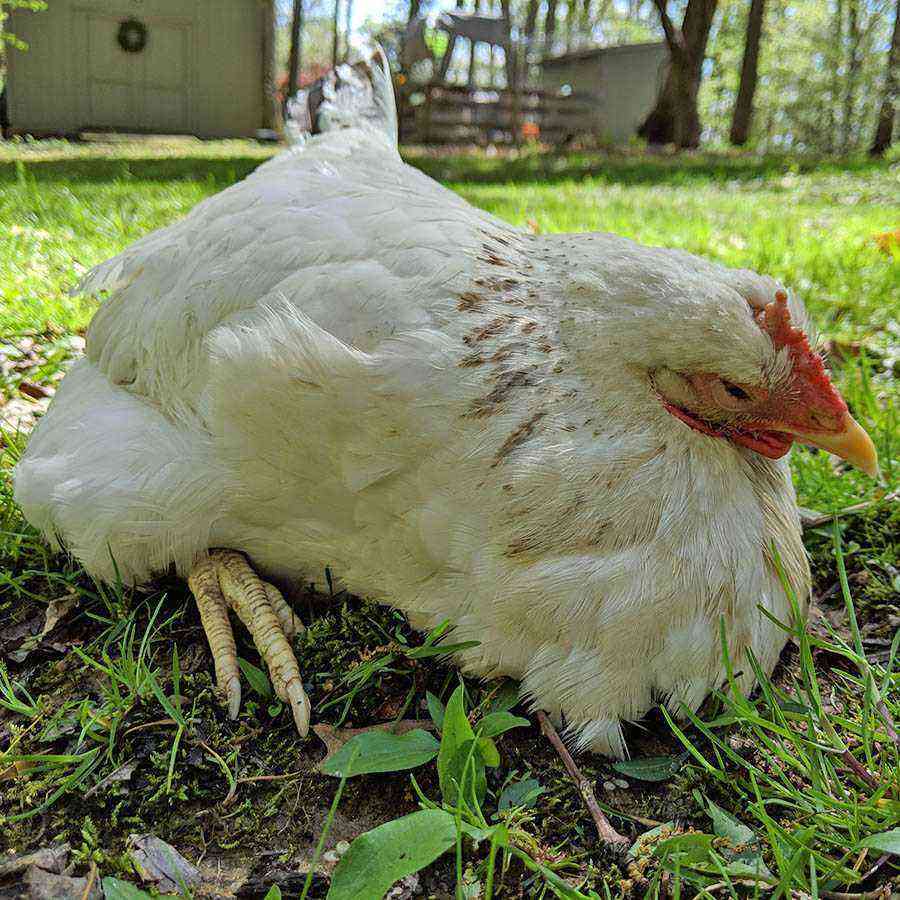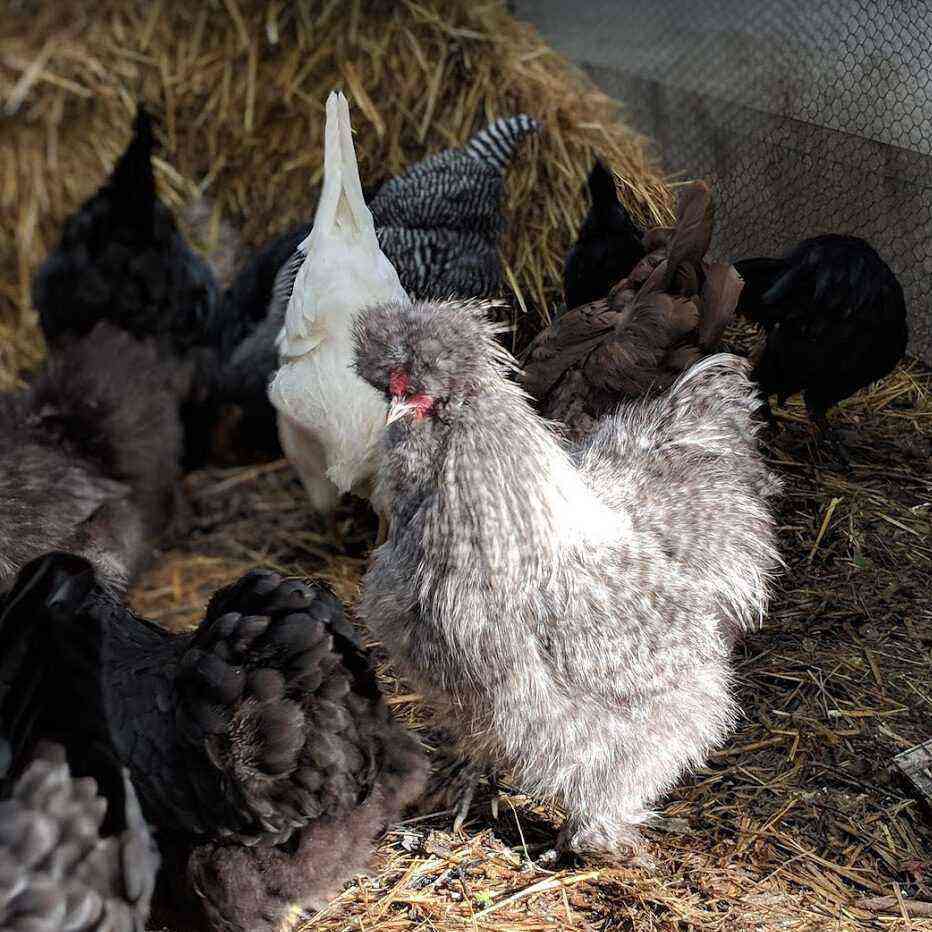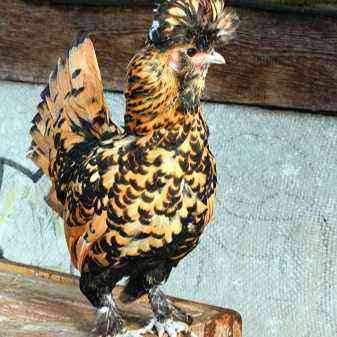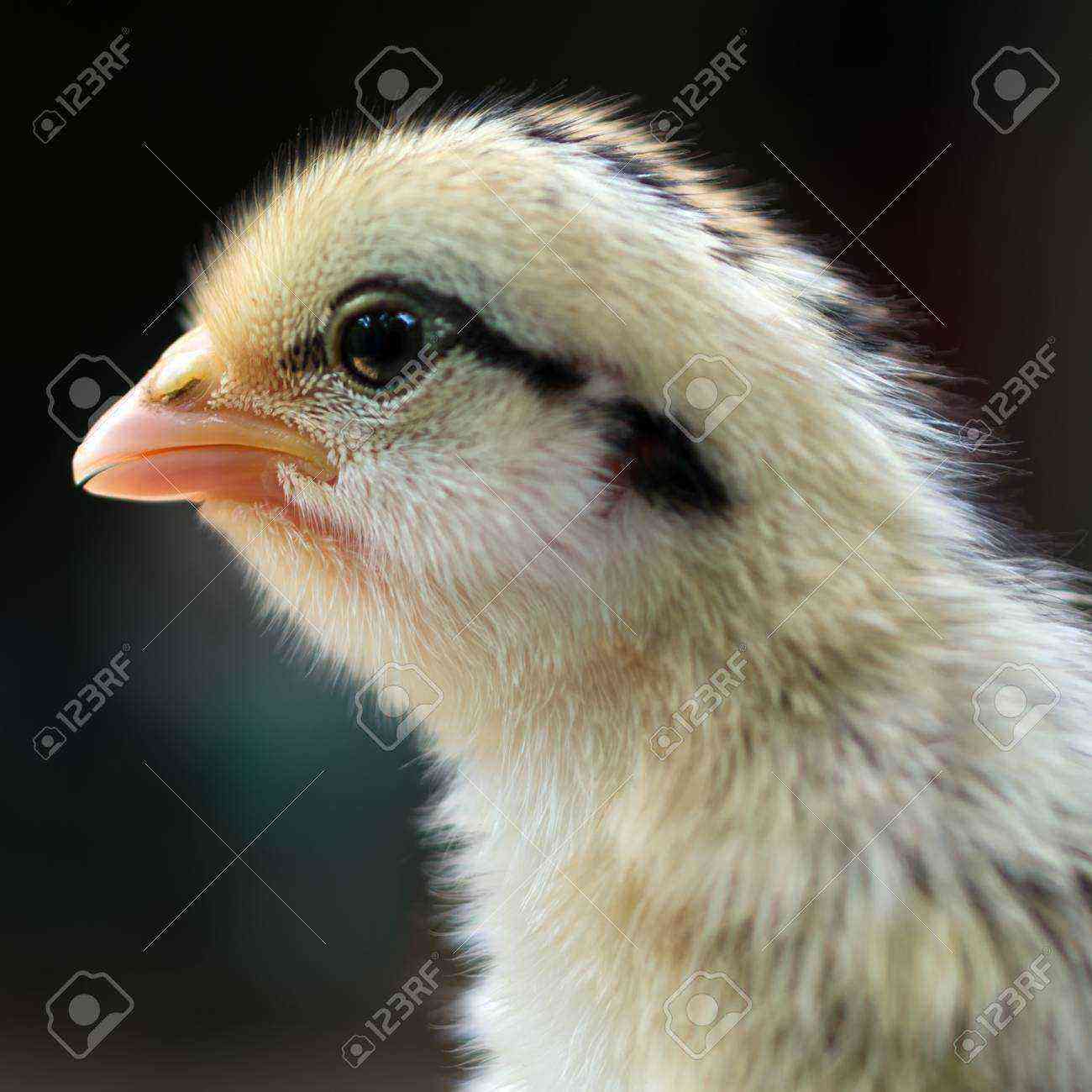One of the main signs of the onset and development of the disease in chickens is a blue comb. However, in order to determine that a bird is sick, it is necessary to constantly monitor its condition, appetite, how feathered pets move and behave throughout the day. Every evening, chickens should be carefully examined in order to identify the disease at an early stage if it begins to develop.
The most common cause of a blue comb in chickens is the influenza virus, which can occur either in an acute or in a hyperacute form. These two types differ from each other in the duration of treatment, the time of onset of symptoms and the onset of any outcome.
The second reason for the blue comb in chickens is frostbite. The disease is also accompanied by drowsiness and discharge of mucous fluid from the nose, as well as frostbite in some parts of the body. However, frostbite usually occurs when the air temperature drops below -20 degrees and it is very windy outside. More prone to frostbite are the comb, legs, earlobes, earrings and areas near the cloaca. To avoid the negative effects of frost on feathered pets, it is necessary to observe the correct thermal regime in the house. First of all, you need to carefully insulate the room with special material, it’s also a good idea to install a stove in the chicken coop and heat it from time to time, heating it in this way.
If the chicken still frostbitten comb, you must immediately begin treatment. First of all, with the help of alcohol or petroleum jelly, the frostbitten area is wiped. You can also use goose fat and turpentine in a 10:1 ratio.
If you do not take the disease very seriously and let everything take its course, after a while the chickens become lethargic, liquid begins to ooze from their nose, they begin to wheeze, and then the death of feathered pets occurs.
